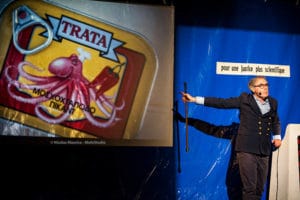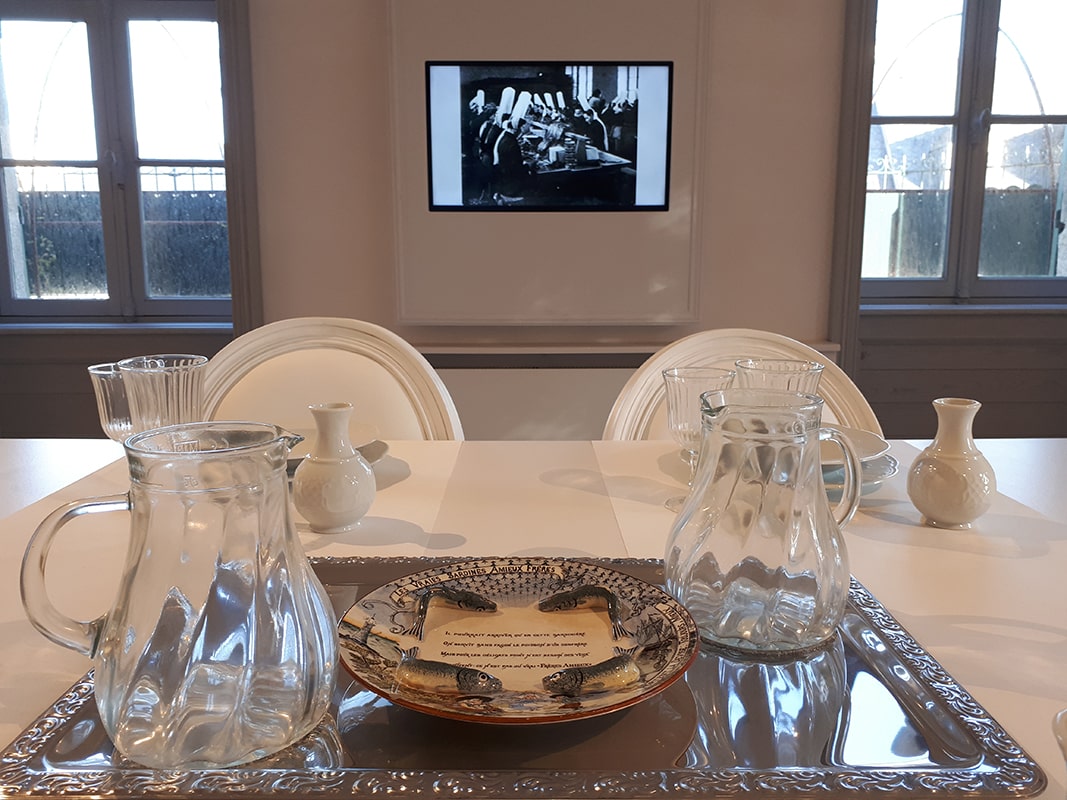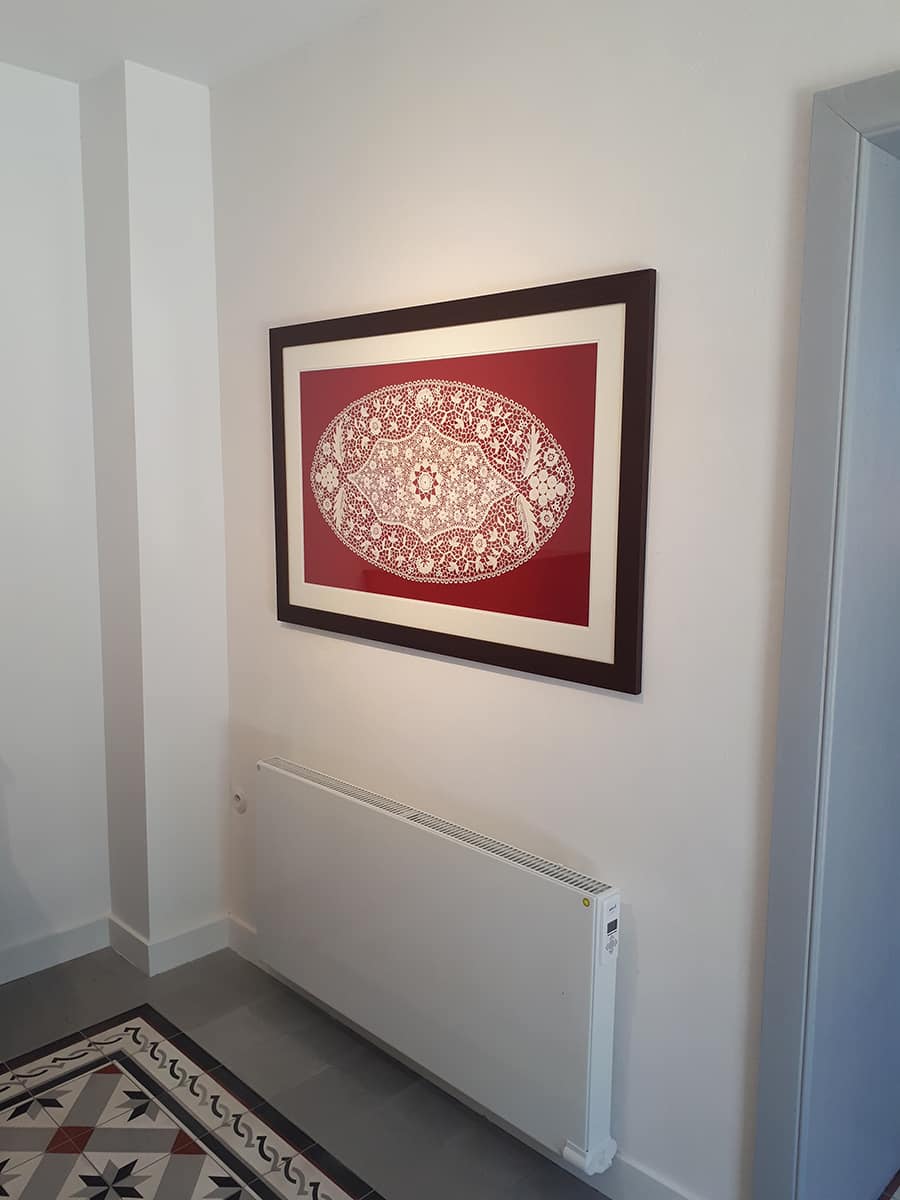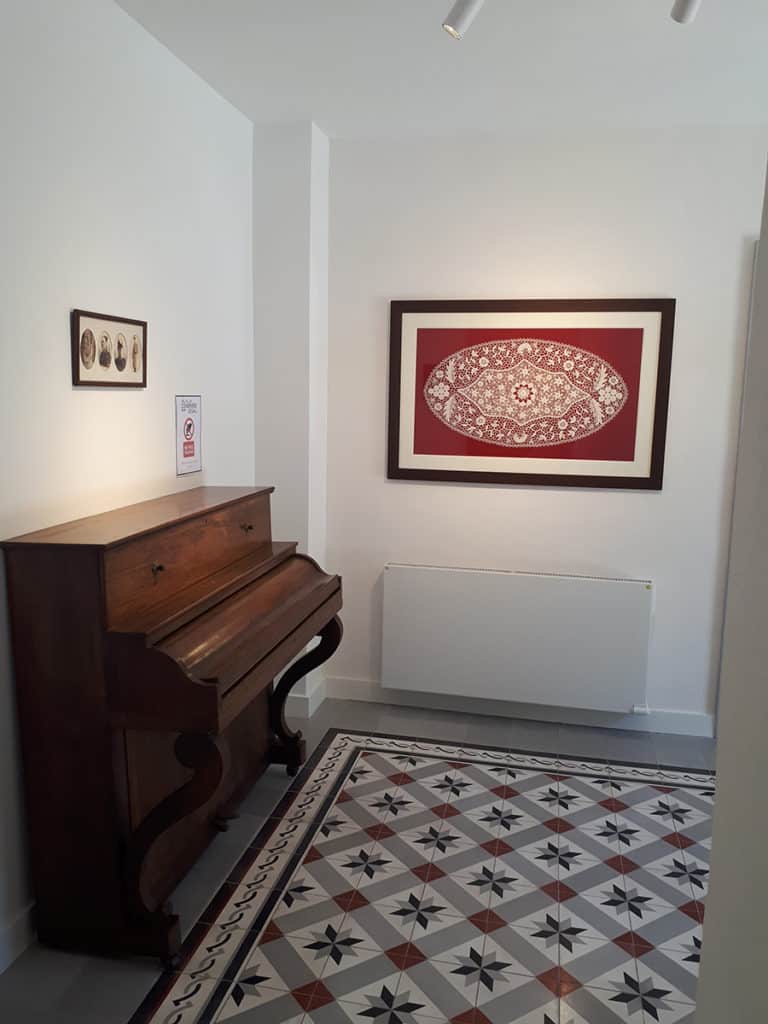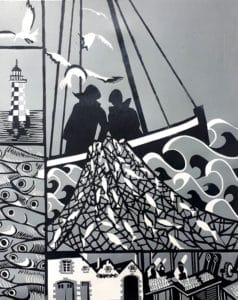
On 10 August, as part of the summer entertainment programme "Les Mercredis, c'est Loctudy!", the town will have the pleasure of welcoming the famous professional entertainer Erik Sanka. The latter will come to perform his play "L'Affaire Sardines" which earned him the distinction of Street Arts Icon by the magazine Télérama. The performance will take place at the bottom of the rue du port from 10pm to 11pm. This is how he presents his play on his website website :
"What if "Les Sardines" was a town full of history and Cook a Corsican gendarmerie captain? The protagonist of the case advocates a more scientific justice. Using sardine tins and slides, he reconstructs the world in just 42 minutes. Russian submarines, princesses who are not from Monaco, evidence by nine where we split hairs... This final conference says it all so that everything is said and so that you have nothing more to say.

The Sardine Affair
A play by Erick Sanka
Avec-ou-Sanka Company
Wednesday 10 August 2022
From 22:00 to 23:00
At the bottom of the rue du Port in Loctudy
Free access

